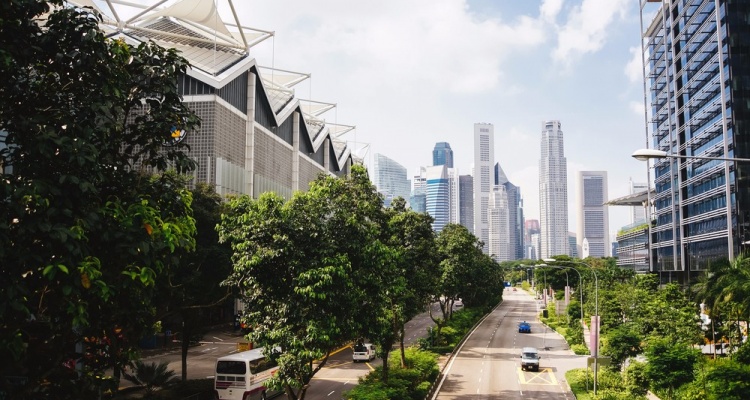Move over, Kermit! It’s the 21st century and people are increasingly finding that it is, in fact, easy to be green. And while some folks may balk in front of the myriad of bins that now crowd every major city, wondering which one to throw away their leftover quinoa in, there are an encouraging amount of cities and countries that are ready to hop aboard the green train. It does run on sustainable biofuel, after all. For those of you who are ready to go green, check out these cities across the globe that keep the environment and entertainment at the top of their list.
Vancouver, Canada
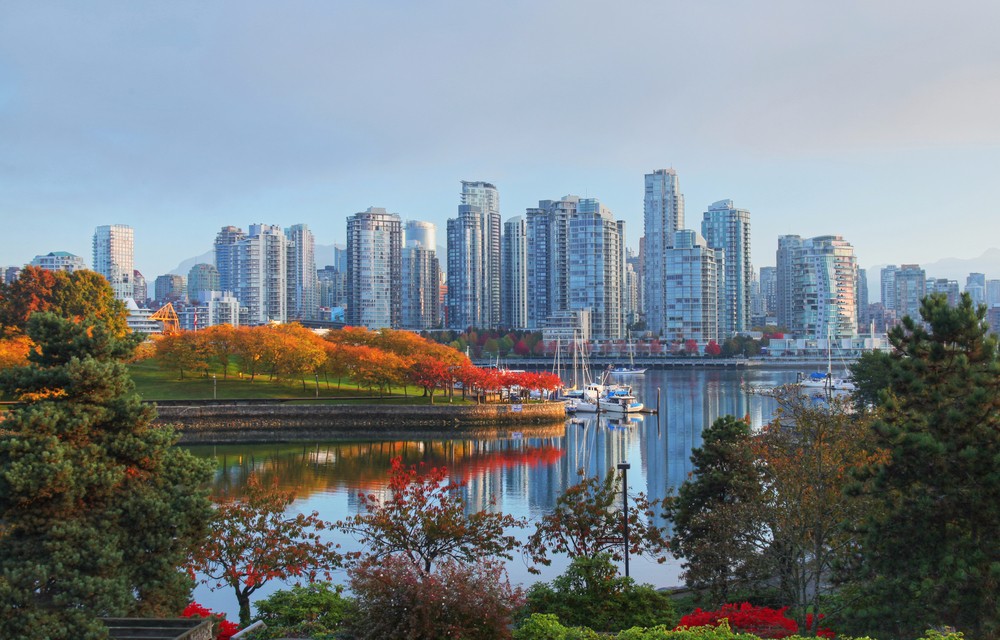
By focusing on green urban planning, conservation, and mass transportation, Vancouver has become North America’s greenest city; it has the lowest greenhouse gas emissions per capita in North America. That’s not quite enough for the city though, as it continues to make infrastructural improvements to try and become the world’s greenest city. How do they do it? For starters, 80% of its energy is supplied by hydroelectricity. There is also a city mandate that all buildings must be retrofitted so that they emit zero emissions by 2050. Buildings that are being constructed must be built to meet zero-emissions standards. Vancouver has also given pedestrians and bikers priority on the streets — widening sidewalks and bike lanes and encouraging pedestrian activity by making its downtown area dense and tall rather than sprawling.
Curitiba, Brazil
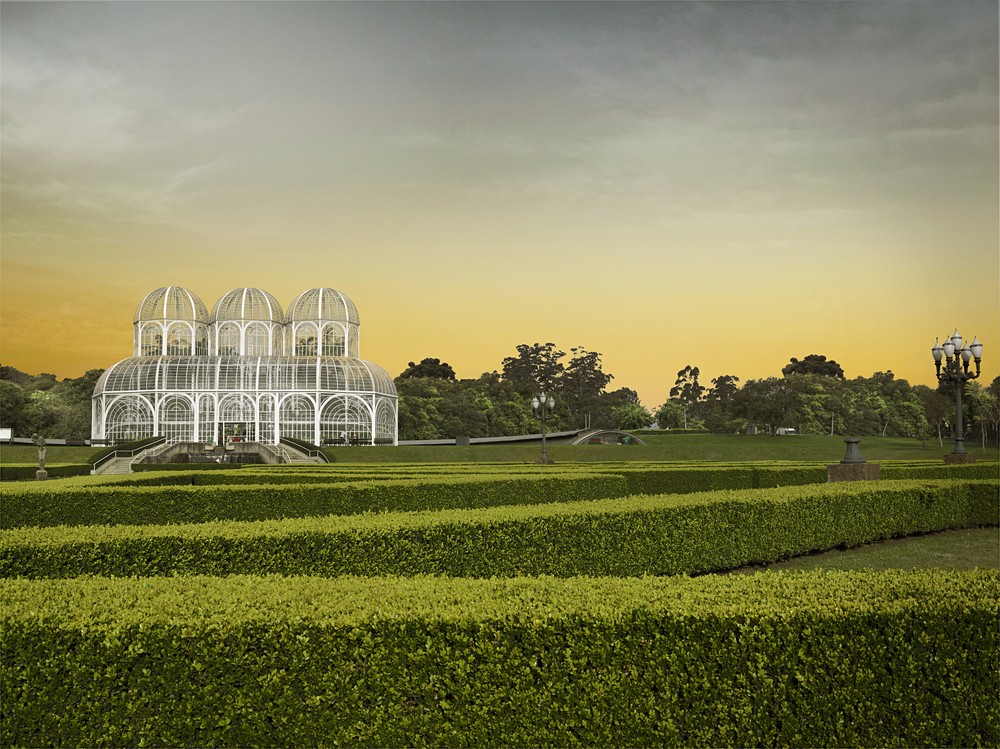
A prime example of how a rapidly expanding city can still go green, Curitiba has a population of two million people — 72% of whom use the city’s comprehensive public transportation system on a regular basis. The story begins back in the 1960s when constructing larger roads and shiny tall buildings were the hallmark of a modern city. As plans began to form to turn Curitiba into a modern metropolis, Jaime Lerner, a recent architecture graduate and future mayor of the city, put his foot down. Instead of dicing the city up by income, age, and other demographics, city planners brought everything — and everyone — together.
Now, the city is widely lauded as the gold standard for green cities. How? Planners turned roads into pedestrian-only thoroughfares, gave public buses priority on the roads, and invented a bus system that is so cost- and time-effective, 300 cities now use it worldwide. Residents can trade in four pounds of trash for one pound of produce or bus tickets. Seventy percent of its garbage is recyclable. It has 50 square meters of green space per person. The city has survived changes in political leaders and population growth — and looks as though it has no plans to stop turning even greener, so keep that in mind if you’re thinking about booking cheap flights to South America!
You may also like: 5 Apps to Make Your Trip More Sustainable
Stockholm, Sweden
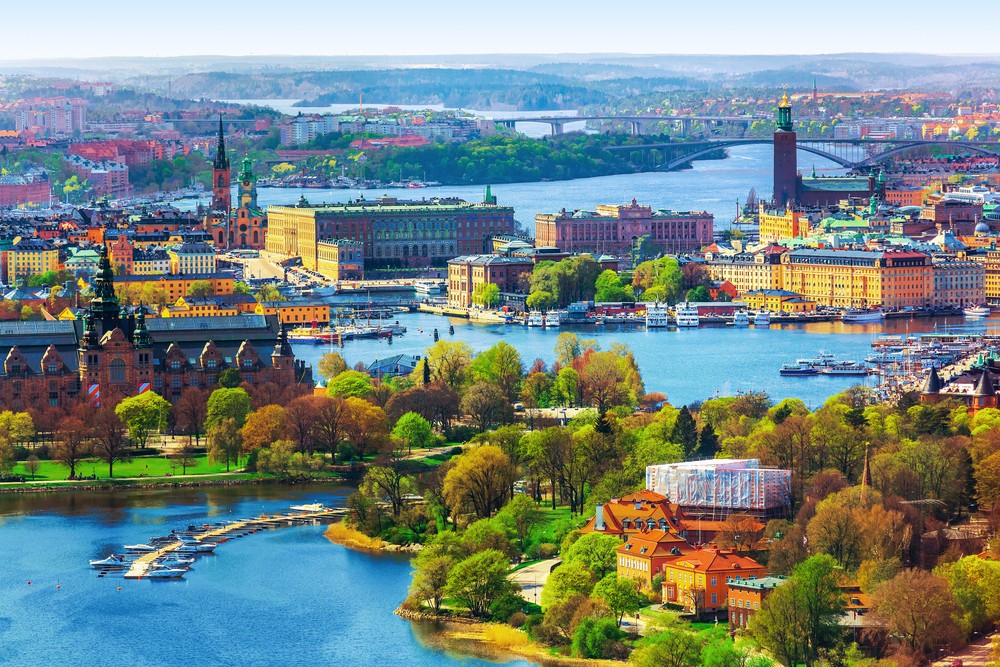
In 2010, after a five-year review, Stockholm was the first city to receive the distinction of being named the European Green Capital by the EU Commission. Stockholm was granted this honor after taking care to revamp the entire way the city is run. Protocols included mandating that environmental measures be considered in budgets, operational planning, reporting, and monitoring to creating new clean water initiatives to ensure that a whopping 95% of its residents live within 300 meters of green space. Since its 2010 honor, the city has made great moves to maintain its spot atop the list of green cities. By 2050, Stockholm aims to run without any fossil fuels. Not only that, but the city boasts 1,000 parks, seven natural reserves, 2,700 cleantech companies, a near-perfect deletion of noise pollution, and 68% of its residents either cycle or walk to work.
Singapore
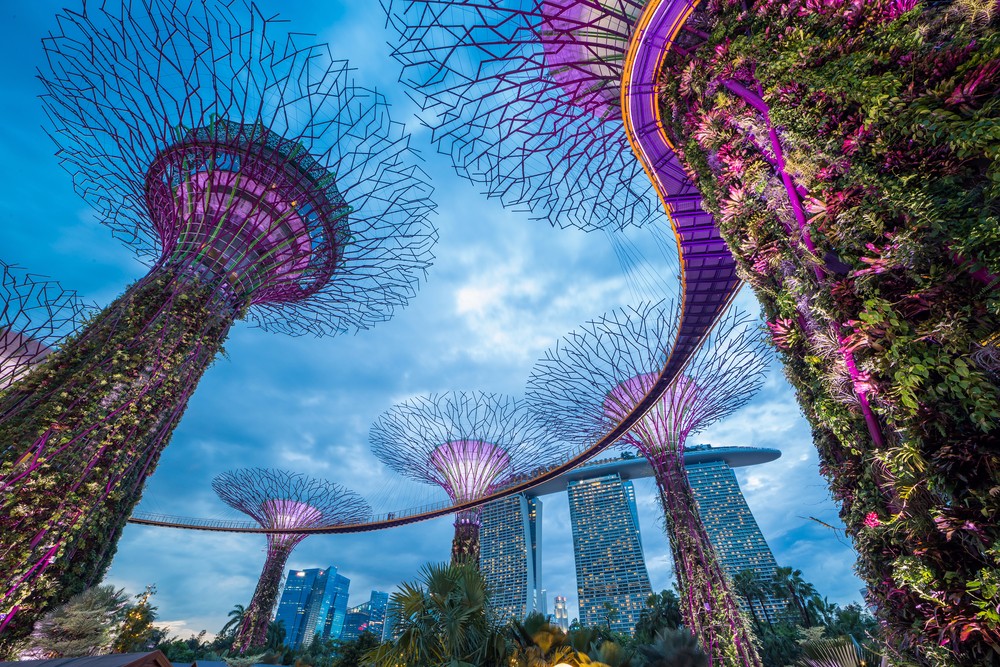
Ranked as one of the greenest city in Asia, Singapore manages to be both an urban jungle and an environmentally-conscious city-state. Ever since the city gained its independence in 1965, the government has instilled environmentally-friendly measures that have propelled the city to sit atop the Green City Index time and time again. By implementing holistic planning measures, the city-state has managed to both become an ultra-urban state as well as one that seeks to preserve its natural elements.
Singapore does this by planning super concentrated urban development. They construct buildings that are tall and sustainable in order to conserve their green spaces. They also convert their waste to energy and use recycled water, 20% of which makes up the city’s overall water supply.
Adelaide, Australia
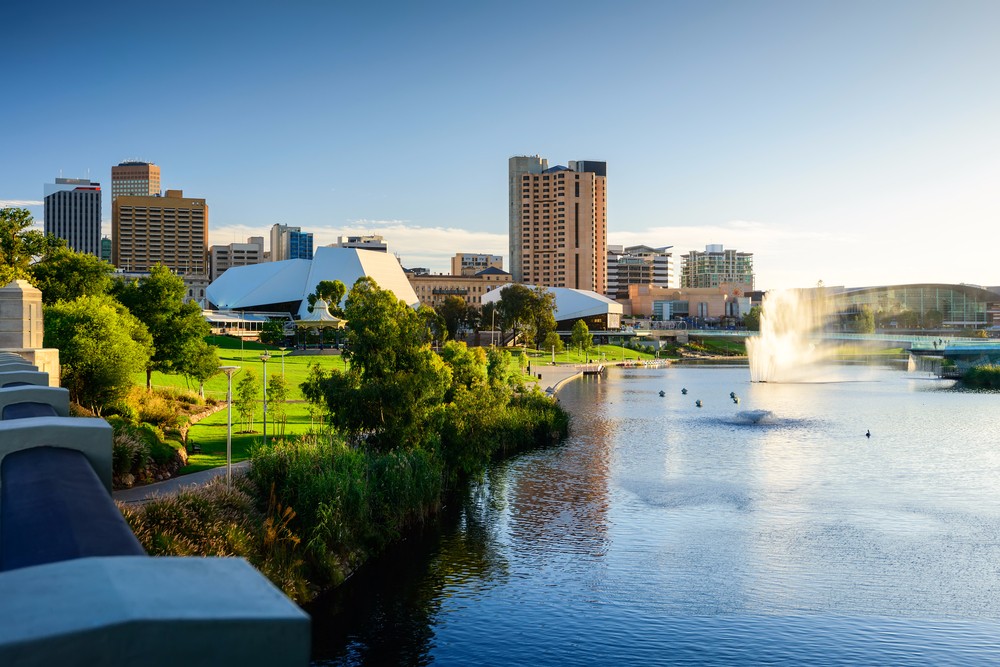
Adelaide tops the Green City Index among its Australian and New Zealand compatriots. Though it’s a race to see “who will be Australia’s greenest city?”, Adelaide stands out for its goal to become the world’s first carbon-neutral city by 2025. That’s definitely a good reason to start looking for cheap flights in May to check such hard work with your own eyes! Working together to achieve this goal, the city of Adelaide and the state of South Australia have partnered together to invest nearly $10 billion in carbon-neutral endeavors, implementing a price-matching program to fund it. The city has also created tax incentives for residents, business owners, and commercial property managers to begin investing in sustainable energy.
Cape Town, South Africa
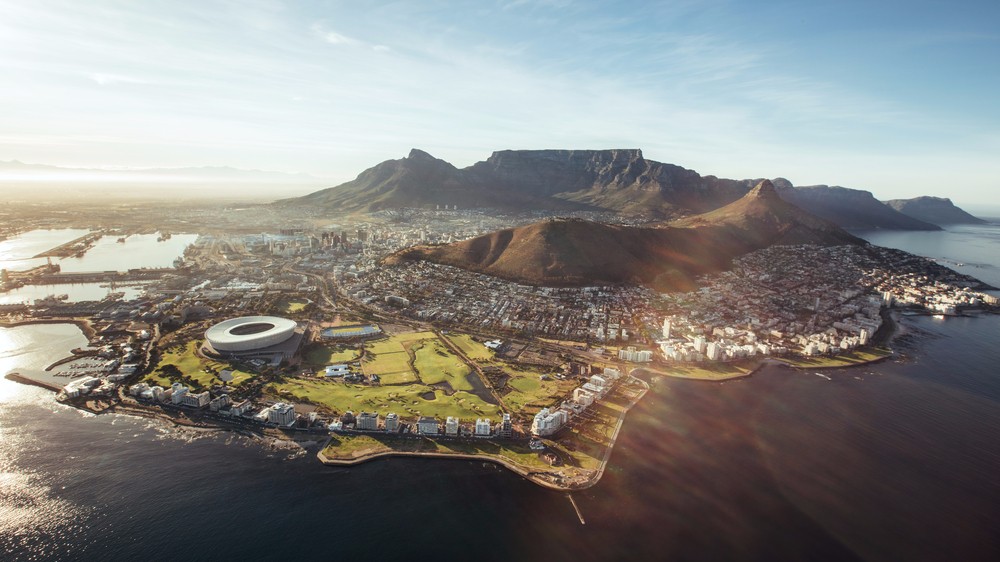
In Africa, it’s South African cities that lead the continent in green policies — and Cape Town is the top South African city in the Green City Index. It introduced extensive policies to stop the urban sprawl and preserve its green spaces. And to much merit, the city boasts 290 square meters of green space per resident — a more impressive statistic when compared to the overall 74 square meters. Cape Town also houses many protected natural reserves — many of which contain rare plants and animals. The city has invested $5.8 billion in public transportation over the past six years, an investment that’s truly paid off.
Which green city do you want to visit the most? Let us know in our comments section below!

